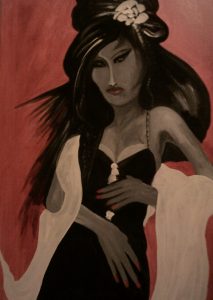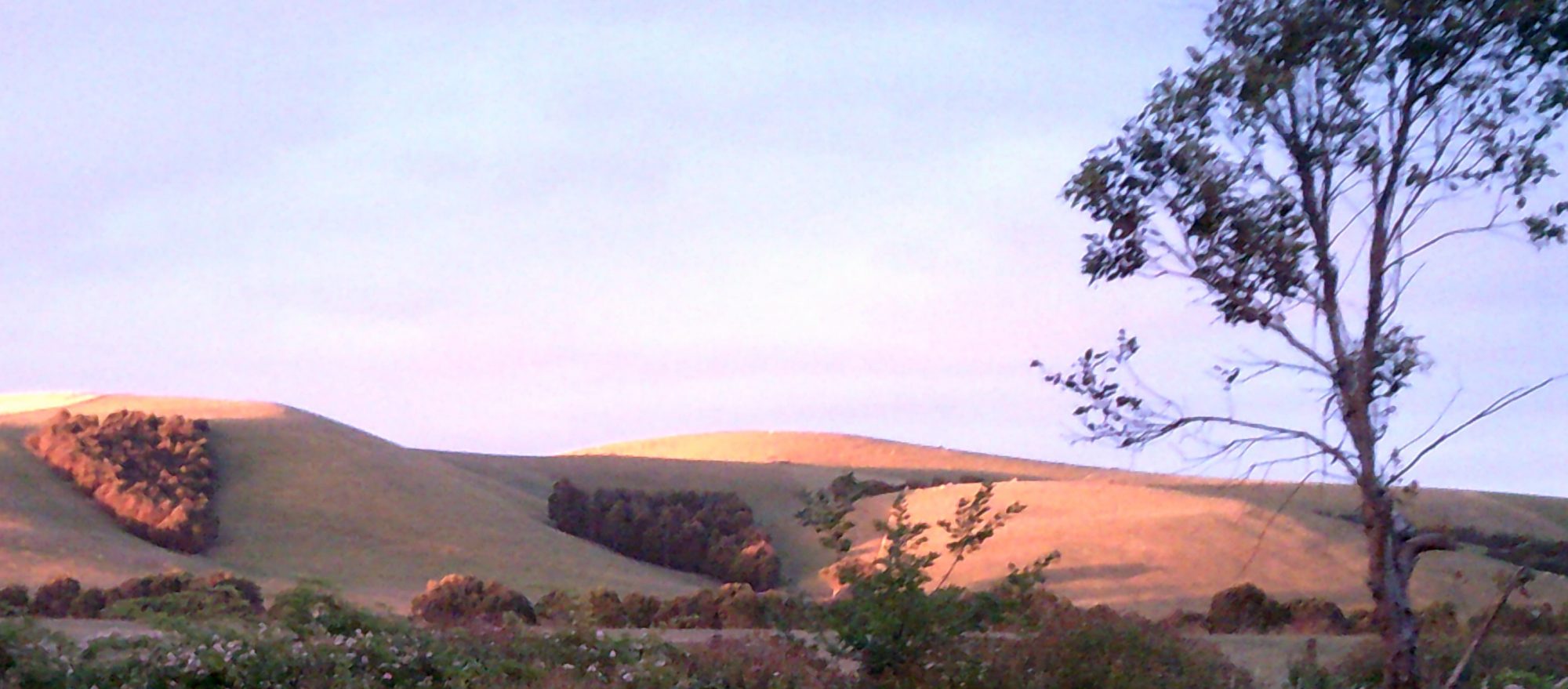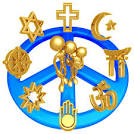
Pain is many things. The world we know has been built upon pain. Pain can be felt as excruciating agony or it can be dormant causing a loss of balance and motivation. Pain can elude us. Yet, pain is normal. Pain is not our enemy, without pain we would never know pleasure. However, the way we treat painful experiences will profoundly influence our moods and how we cope in the everyday events of life. All pain has links to the emotions. Latent stress, anxiety, depression, unhappiness, failure and despair, these are all common states of pain generated by the emotions. Pain can be like a bad dream that has us transfixed in a pattern of thoughts and feelings with no conceivable way out. or we can wake up from the dream.
Pain can be traumatic. Pain, whether rooted in physical or psychic causes, pain is a crisis, it alters our consciousness and changes our body chemistry. Pain also makes for great art. The lessons of survival were turned into art on the walls of caves. Our ancestors treated pain as a warning of danger or possible death. Pain was an aid to victory over adversity. Today, pain is couched in purely negative terms, which causes the induction of more pain. We can overcome pain. In art we distance myself from pain. Through writing we turn pain into creativity. In life we embrace pain as a necessary experience that can be overcome by shifting attention to less invasive experiences. Meditation helps to ease pain.
In the modern world we probably have a lower threshold for pain than our ancestors as life is considerably different. We are no long hunters and gathers scratching for food or safe shelter. We like to think we are civilized so when pain strikes we try to treat it as ephemeral, we try to push it away. Hence, when pain does happen we never truly welcome or confront it. Instead, pain comes as a difficulty, not as a journey to better times.
Pain is a pathway that forces us to find a way out of a bad situation. We must sit with the pain, learn about its momentum and how to ease it. Pain should be a pathway to learning. By viewing pain as a friend, not an enemy serves to ease the pressure of pain. Our brains respond differently to a friend than to an enemy. Pain should never be our enemy.
In the art of mindfulness meditation, we can learn to experience pain as something far less troubling than one imagines. Indeed, when we use the experience of pain creatively, we can grow in strength and enhance the capacity for well-being.
Science has revealed how art can undermine pain and redirect the experience of trauma to create alternatives. Creativity touches the pleasure centres in the brain. Creative rituals, painting, drawing, movement and meditation have been used as methods of healing for tens of thousands of years and as a society we are only now rediscovering their effectiveness.
Pain has many sources, but the ongoing propagation of pain resides in the constant preoccupation with the self. We can also inherit pain.
When in pain it is easy to become totally self-absorbed. Being completely self-absorbed generates fears and longings that cause us to become trapped in a world of inner obsessions, desires and anxieties. A person in pain looks at a failing world and desires to make changes not knowing that one can only change oneself. The self may change, but the self is never satisfied, we must overcome the subjective desires. The self is always grounded in the constant struggle to get more of the good life. However, the good life is not in the external world, it comes from within. The self needs more attention, more goods, more time, more emotions, more affirmation of its existence. We must restrain the self. The self must give way to the inner spirit that is contentment and giving to others, rather than taking for ourselves. Belief in goodness will always prevail over pain.

